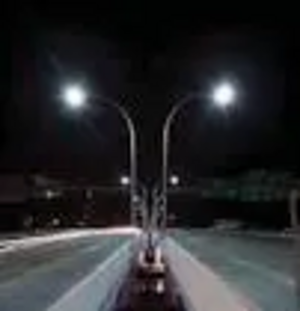Hertfordshire Street Lighting Changes Will Reduce Pollution and Save Money

With the wider availability of new technology (light emitting diodes or LEDs) it is now becoming feasible to replace the county's street lights. By moving from the types of fluorescent lighting elements (or "lanterns" as they say in the trade) currently used, we will benefit from lower energy costs, greater reliability, simpler administration and more flexible control.
Obviously there is a significant cost associated with this changeover, so it will be brought in over a number of years. However, most of the present lights are of a type which will in any case, need to be replaced by 2017 and manufacture of these is winding down.
Recent changes to Part-Night Lighting (PNL) have been hampered by the supply of control units that were subject to design and/or manufacturing faults. These defective units were the responsibility of the council's previous contractor, Amey Lafarge. In March 2012, failures at the time of the clock-change led to the replacing 47,000 control units at their expense. However further failures took place in March 2013 and March 2014 and the manufacturer has now given up trying to get it right and no longer produces the units!
Consequently a simpler control unit is being fitted as further failures are discovered, though these have the minor disadvantage of being unresponsive to the clock change. They will switch off from midnight to 5am in the winter but 1am to 6am in the summer. Outside of these times they will be lit when the sky is dark.
The PNL policy was reviewed by the council but as both road accidents and crime are continuing to fall, it was decided to continue the policy without significant change apart from a) a relaxation to lighting isolated footpaths throughout the night; and b) the timing that results from the new, simpler controllers as these are fitted.
The good news is that the county is to phase out the conventional lanterns and will replace them with new LED lighting units.
These have the following advantages:
- The units are cheaper, are more efficient and use less energy and so produce less CO2
- Accurate metering of the power actually used (at the moment this is estimated)
- Longer lasting - 22 to 45 years depending on use
- They can be controlled individually from a central control, lighting can be varied as appropriate and faults detected remotely
- The light will be closer to whitelight.
LED technology will be introduced first on A roads. This starts with Stevenage and thereafter in order: Watford; N Herts; St Albans; E Herts; Dacorum; Broxbourne; Welwyn & Hatfield; Three Rivers; Hertsmere.
The payback time for this exercise will be 8 years and from then on there will be annual savings £800,000.
So, the past may have been orange - but the future will be bright, white and cheap!
Lets hope it works this time!
